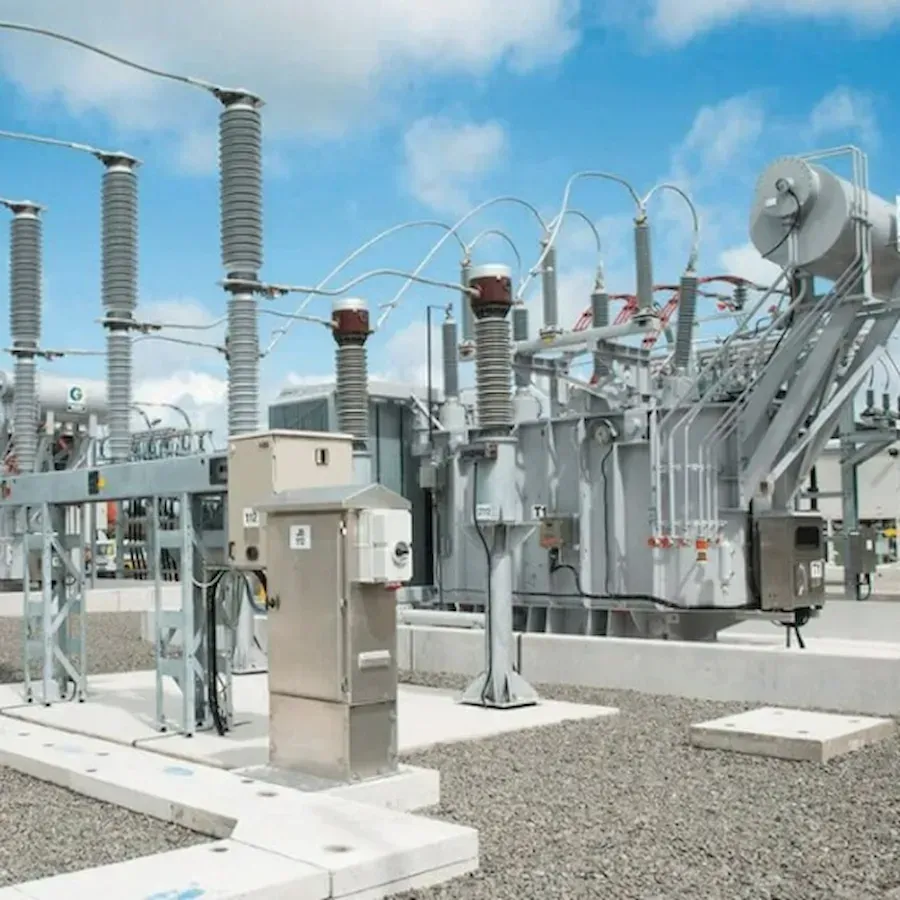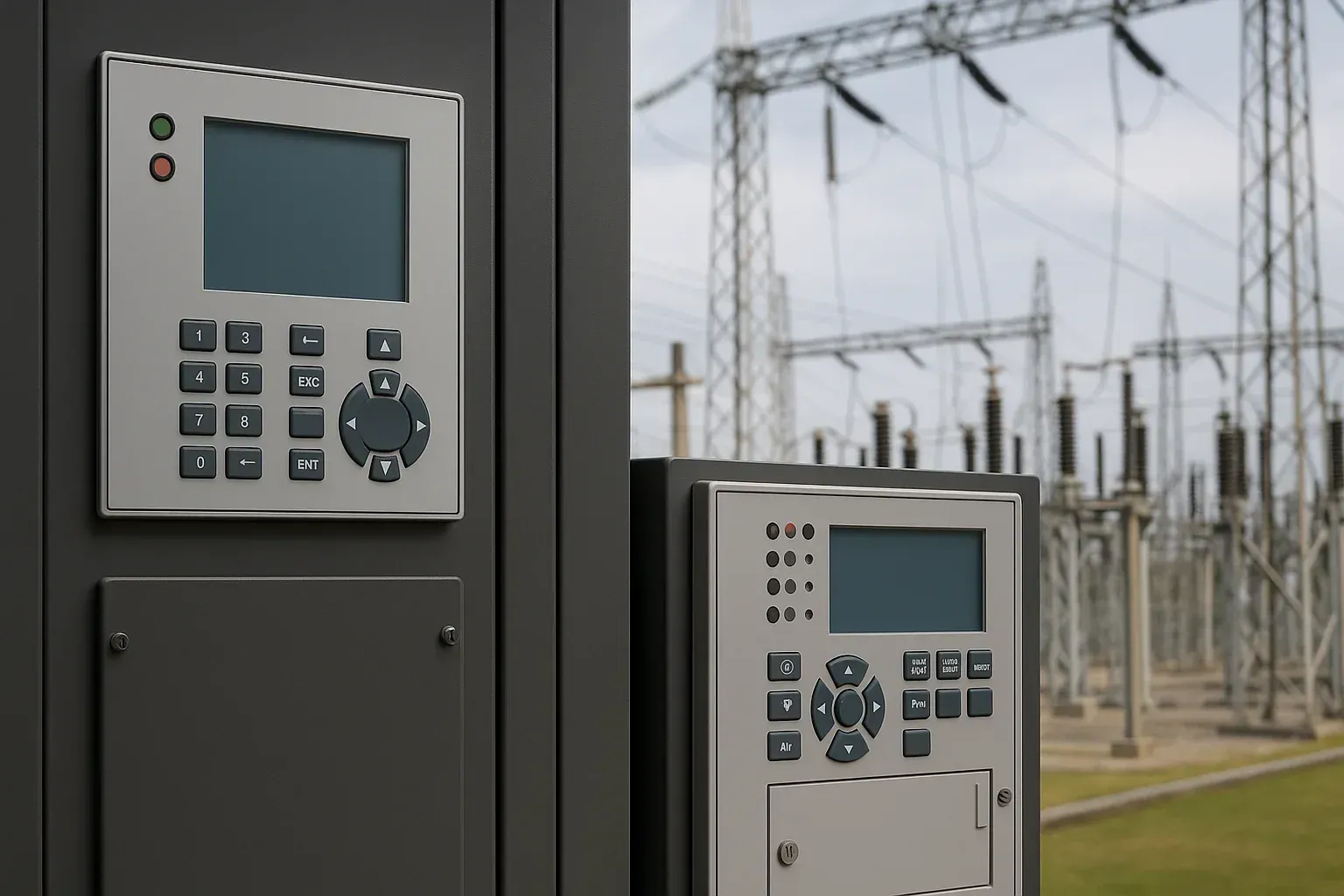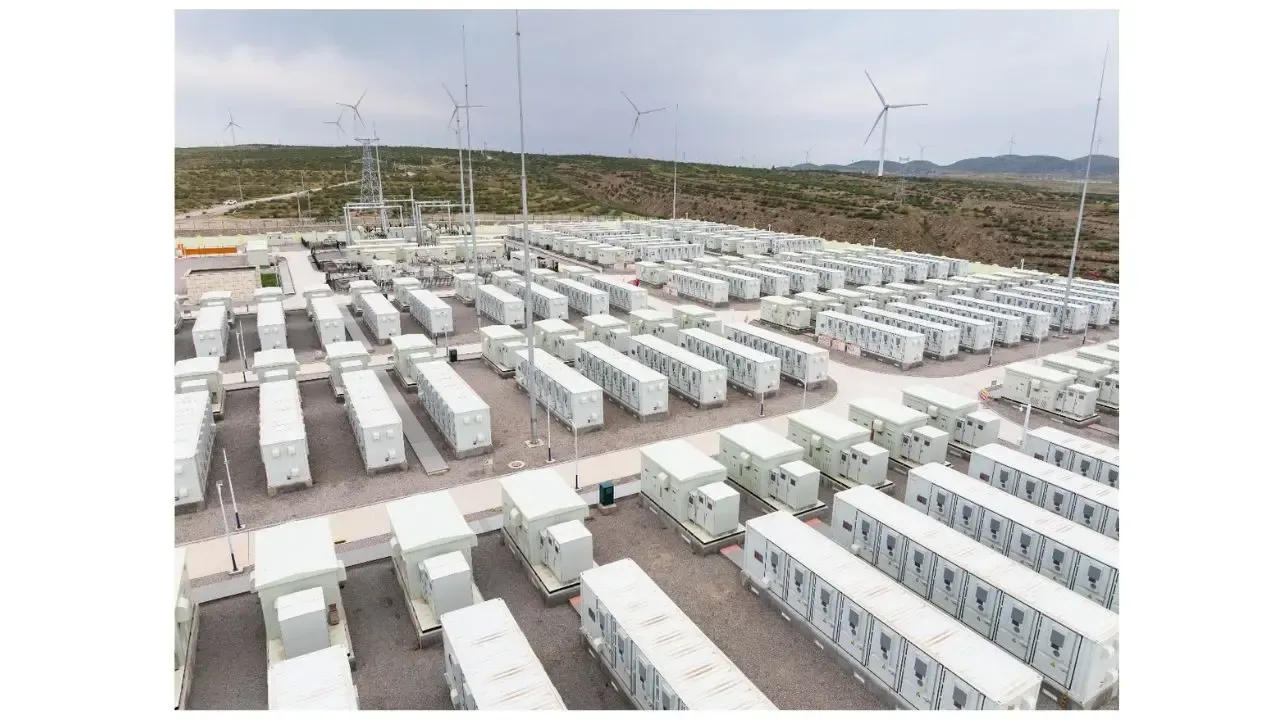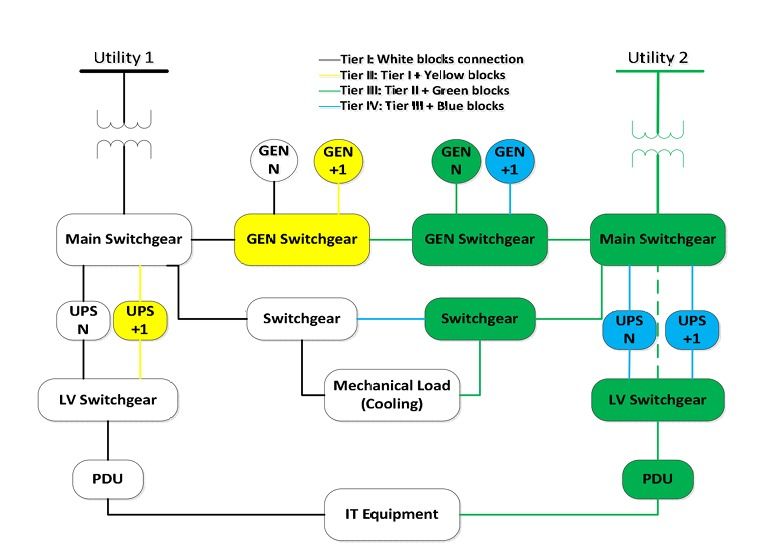A Coordinated Electric System Interconnection Review—the utility’s deep-dive on technical and cost impacts of your project.
Navigating OSHA 269 TOV Requirements: Engineering Analysis & Mitigation
May 14, 2025|Blog

Meet OSHA 269 TOV rules with Keentel’s PSCAD-based analysis. Reduce MADs, align arc flash, and ensure safety compliance. Book your system review now.
Introduction
The Occupational Safety and Health Administration (OSHA) updated 29 CFR §1910.269 regulations for Transient Overvoltage (TOV), significantly impacting how utilities define Minimum Approach Distances (MAD). Effective January 31, 2016, the regulation introduces stricter clearance requirements for equipment above 72.5 kV.
Utilities can either:
- Follow default TOV values in OSHA Table V-8 (which often inflate MAD)
- Or perform engineering-based simulations using PSCAD or EMTP-RV to calculate site-specific TOV and maintain operational flexibility
The OSHA 269 Mandate: What’s New?
OSHA requires one of two approaches:
- Use conservative TOV values from OSHA tables
- Or conduct engineering analysis to determine actual per-unit TOV values
This rule applies to transmission and distribution substations >69 kV and directly affects arc flash calculations and PPE requirements.
The Engineering Analysis Advantage
By conducting detailed simulations with PSCAD or EMTP-RV, utilities can:
- Model real system behavior
- Reduce exaggerated MADs
- Maintain safe, practical field operations
Typical inputs include:
- Line constants
- System topology
- Neighboring bus capacitance
- Fault and reclose scenarios
Impact on Work Practices
Without TOV analysis, MADs for 500 kV systems can exceed 16 feet, posing safety and logistical issues. Since arc flash boundaries now correlate with MAD, PPE requirements also increase—highlighting the importance of accurate engineering.
Modeling and Simulation Essentials
Effective TOV simulations should account for:
- SLG (Single-Line-to-Ground) faults
- DLG (Double-Line-to-Ground) faults
- Line de-energization and reclosing
The highest TOV typically occurs during reclose events with trapped charges.
TOV Mitigation Measures
To reduce TOV magnitude and meet OSHA limits, utilities can implement:
- Pre-insertion resistors
- Surge arrestors
- Disable high-speed reclosing (with stability validation)
- Transmission system upgrades
Each mitigation strategy requires a tailored engineering analysis to ensure system stability and OSHA compliance.
Conclusion
To stay OSHA-compliant and operationally efficient, utilities must integrate TOV studies into their safety strategy. Keentel Engineering delivers:
- Engineering-based MAD optimization
- PSCAD/EMTP-RV model validation
- Arc flash alignment
- Regulatory documentation
OSHA 269 TOV – FAQs
What does OSHA 269 regulate?
It regulates minimum approach distances (MAD) for energized equipment above 72.5 kV, accounting for transient overvoltage (TOV) events.
What is TOV?
Transient Overvoltage (TOV) is a short-duration voltage spike caused by faults or switching in power systems.
What happens if you use OSHA’s default TOV values?
MADs can increase by up to 50%, impacting work efficiency and requiring more space and PPE.
How can MAD be reduced under OSHA 269?
By performing a custom TOV analysis using tools like PSCAD or EMTP-RV.
Which software is best for TOV analysis?
PSCAD and EMTP-RV are the industry standards for simulating TOV and optimizing MAD.
How does TOV affect arc flash studies?
Arc flash boundaries now depend on MAD, so higher TOV values increase PPE requirements.
What does MAD mean?
Minimum Approach Distance (MAD) is the minimum clearance required between a worker and energized parts.
When did OSHA 269 become effective?
The update went into effect on January 31, 2016.
Which voltage levels are most affected?
230 kV and above, with 500 kV systems being particularly impacted.
What’s the formula for arc flash distance?
Arc Flash Distance = MAD – (2 × kV ÷ 10)
Why is shunt conductance important?
It affects leakage currents, which in turn influence TOV simulation accuracy.
Where should voltage measurements be taken?
At local/remote substations, 1/3, midpoint, and 2/3 of the line.
When does TOV peak?
Typically during high-speed reclosing after fault clearance, especially with trapped charges.
Why does system topology matter?
Simplified models may miss critical TOV reflections from nearby capacitances.
What happens at 3.55 p.u. TOV on a 500 kV line?
MAD exceeds 16 feet, making normal field operations difficult or unsafe.
What are common TOV mitigation methods?
- Surge arrestors
- Pre-insertion resistors
- Disabling fast reclosing
- System upgrades
Is a full system model required?
Yes, a looped network model ensures accurate simulation during fault and recovery.
Can high-speed reclosing be disabled?
Yes, but only after a dynamic stability study confirms it’s safe.
Does PPE change with MAD?
Absolutely — a larger MAD demands higher-rated PPE for arc flash protection.
How long does a TOV event last?
Typically microseconds to milliseconds, but with high energy impact.
What’s a typical high-end TOV value?
Up to 3.55 p.u. in simulations for high-voltage systems.
What is OSHA’s assumption if no study is done?
You must use their fixed default TOVs, such as 3.0 p.u. for 500 kV.
How is MAD calculated from TOV?
Using per-unit values from OSHA Table 13, based on system voltage and risk.
When should a TOV analysis be updated?
Whenever system equipment, topology, or protection settings change.
How does Keentel Engineering assist with OSHA compliance?
We provide:
- TOV modeling
- Arc flash boundary alignment
- Mitigation strategies and reports
- Regulatory documentation and support
Case Studies
Case Study 1: 500 kV System – SLG Fault with 30-Cycle Reclose
Issue: TOV peaked at 3.55 p.u., exceeding OSHA thresholds.
Action: Disabled high-speed reclosing and simulated dynamic stability.
Result: TOV reduced below 2.5 p.u., MAD brought down to operational norms.
Case Study 2: 230 kV Line – DLG Fault
Issue: OSHA default MAD exceeded current practices by 30%.
Action: EMTP-RV simulation with full network model.
Result: MAD recalculated with 2.1 p.u., compliance maintained without new equipment.
Case Study 3: Rural Utility Surge Arrestor Optimization
Issue: Frequent switching events caused high TOVs.
Action: Installed surge arrestors at both ends of the line.
Result: Reduced TOV from 3.2 p.u. to 2.0 p.u., maintained 9.2 ft MAD.
Case Study 4: Urban Substation – Arc Flash and TOV Misalignment
Issue: Arc flash study used outdated MAD.
Action: Recalculated both arc flash and TOV distances.
Result: Updated PPE requirements and reduced operational risk.
Case Study 5: Investor-Owned Utility – PSCAD Loop Network Modeling
Issue: Partial model underestimated TOV during reclose.
Action: Developed loop model with accurate shunt conductance.
Result: Identified 2.42 p.u. TOV; revised procedures and retrained workers.
Case Study 6: 138 kV Line – Conservative OSHA Values Challenged
Issue: OSHA default MAD unworkable for field teams.
Action: Simulation showed TOV of 1.9 p.u., versus assumed 3.5.
Result: OSHA-compliant MAD reduced by 40%, improving job feasibility.
Let’s Talk TOV Compliance
Keentel Engineering is your expert partner for:
- PSCAD/EMTP-RV TOV simulations
- Arc flash & MAD alignment
- Custom mitigation strategies

About the Author:
Sonny Patel P.E. EC
IEEE Senior Member
In 1995, Sandip (Sonny) R. Patel earned his Electrical Engineering degree from the University of Illinois, specializing in Electrical Engineering . But degrees don’t build legacies—action does. For three decades, he’s been shaping the future of engineering, not just as a licensed Professional Engineer across multiple states (Florida, California, New York, West Virginia, and Minnesota), but as a doer. A builder. A leader. Not just an engineer. A Licensed Electrical Contractor in Florida with an Unlimited EC license. Not just an executive. The founder and CEO of KEENTEL LLC—where expertise meets execution. Three decades. Multiple states. Endless impact.
Services

Let's Discuss Your Project
Let's book a call to discuss your electrical engineering project that we can help you with.

About the Author:
Sonny Patel P.E. EC
IEEE Senior Member
In 1995, Sandip (Sonny) R. Patel earned his Electrical Engineering degree from the University of Illinois, specializing in Electrical Engineering . But degrees don’t build legacies—action does. For three decades, he’s been shaping the future of engineering, not just as a licensed Professional Engineer across multiple states (Florida, California, New York, West Virginia, and Minnesota), but as a doer. A builder. A leader. Not just an engineer. A Licensed Electrical Contractor in Florida with an Unlimited EC license. Not just an executive. The founder and CEO of KEENTEL LLC—where expertise meets execution. Three decades. Multiple states. Endless impact.
Leave a Comment
We will get back to you as soon as possible.
Please try again later.
Related Posts














